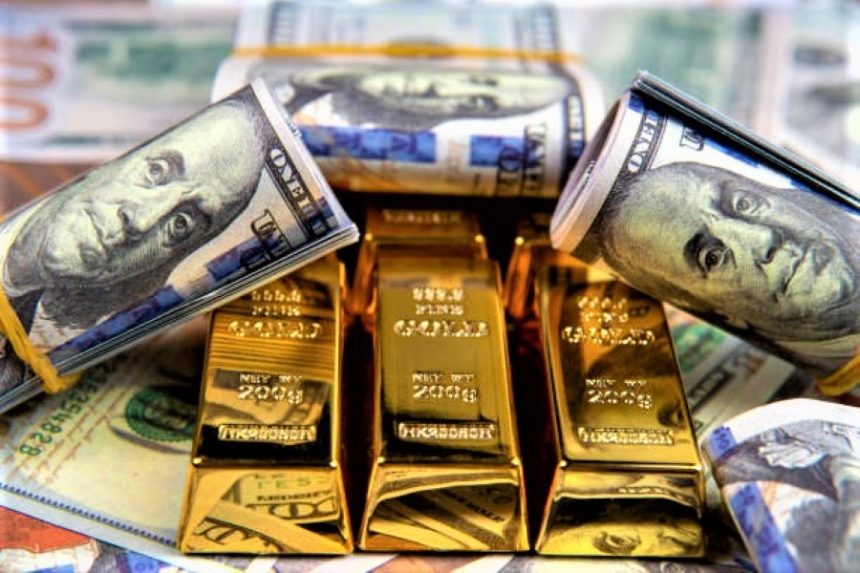Gold prices rise above $2,500 in Thursday’s Asian session.
Gold price (XAUUSD) recovered some lost ground on Thursday, rebounding from weekly lows in the sub-$2,500 range per troy ounce. The prospect of US interest rate decreases may boost gold demand, as lower interest rates reduce the opportunity cost of keeping non-yielding gold. Furthermore, the current political uncertainties in the United States, geopolitical tensions in the Middle East, and global economic concerns all add to the precious metal’s upward trend.
Rising Fed rate cut predictions, as well as ongoing crises in the Middle East, support XAUUSD.
On the other side, increasing US Dollar (USD) demand may weigh on The USD-denominated gold price increases the cost of gold for the majority of buyers. Investors will eagerly watch the second estimate of US GDP for the second quarter (Q2) on Thursday for fresh clues about the amount and pace of the Federal Reserve’s (Fed) rate cuts. On Friday, the US Personal Consumption Expenditures (PCE) Price Index data for July will take the spotlight.
Daily Market Movers: Gold price remains solid despite mounting rate drop bets.
The World Gold Council’s Chief Market Strategist, John Reade, stated that emerging markets, particularly China, India, and Turkey, will continue to fuel gold demand.
“US data has failed to offer gold any more boost, so the temptation for traders to book some gains after “The long run has been rising,” said Ole Hansen, head of commodities strategy at Saxo Bank A/S.
According to the second estimate, US GDP growth for Q2 estimated to be 2.8%.
Personal Consumption Expenditures (PCE) Price Index predicted to rise 2.6% YoY in July.
The headline Personal Consumption Expenditures (PCE) Price Index predicted to rise 2.6% YoY in July, compared to 2.5% in June. The core PCE inflation rate is expected to grow from 2.6% to 2.7% YoY.
The rate futures markets have fully priced in a 25 basis point (bps) rate decrease in September, with the probability of a bigger cut at 36.5%, according to the CME FedWatch Tool. Traders expect the Fed to ease by 100 basis points this year.









